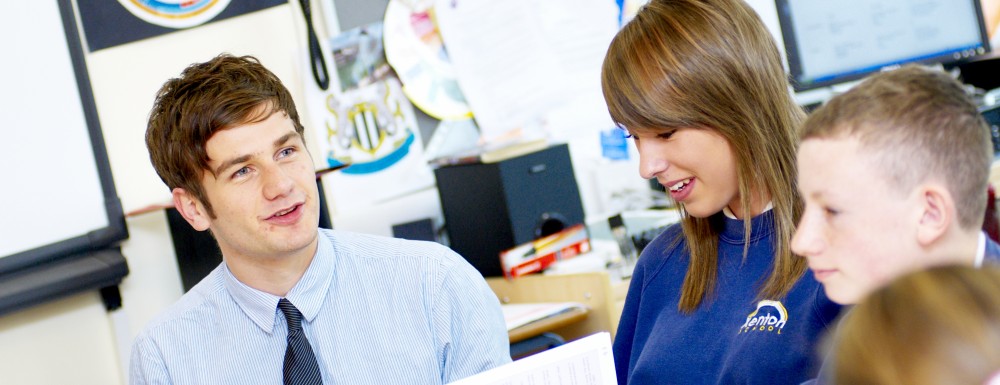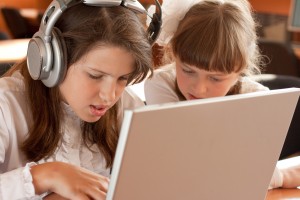René Koglbauer is Senior Lecturer in the School of Education, Communication and Language Sciences (ECLS). He is also Deputy Head and Director of Operations of the School and Director of the North Leadership Centre. In this blog, he argues that the proposed changes to the teaching of modern foreign languages in our schools should not be rushed, and that we should engage in active discussions with practitioners, school leaders, researchers and subject associations to make this a successful change.
What’s the problem?
Since the majority Conservative Government were elected in May, there has been more discussion on the role of languages in schools. Most recently, Schools Minister Nick Gibb MP outlined proposals to reintroduce compulsory language learning in schools. It’s positive to see that the Government are recognising the importance of language learning and to re-position the unique knowledge and skills it brings to the secondary school curriculum. However, should this policy go ahead, we must ensure this isn’t rushed.
There has been a shortage of language teachers in recent years. In the last two years alone, recruitment targets for teacher training places haven’t been met, with 16% going empty for the 2014-15 cohort and the forecast for the coming academic year suggesting a continued decline in applications and consequently in filling allocated training places.
There is also the problem of resources. Recent and proposed cuts mean that an average school will likely struggle to fund the facilities and materials needed. With Ofsted chief Sir Michael Wilshaw calling for text books to ‘re-enter’ classrooms, there is further pressure on resources.
We also need to consider whether a single, more rigorous GCSE exam is the right way forward for this policy. Nicky Morgan announced last week that EBacc students will have to gain a grade 5 – equivalent to a low B or high C. What is seen as a ‘good mark’ has therefore risen further. It’s time to get more creative with assessment, looking at how we can keep diverse learners motivated and supported throughout their learning journey.
What’s the solution?
The Government has suggested that where language participation figures don’t improve, schools won’t be able to achieve top grading. Is this really the best approach to motivate and encourage a positive working culture? To get teachers and school leaders on-board, we must not force this onto them too quickly. We need a slower, step-by-step approach, ensuring that change is fully understood, embraced and driven by the school, its culture and its communities, rather than being imposed from outside.
Unless the right implementation is put in place, we risk losing these valuable opportunities to get languages back at the heart of the school curriculum. If we rush and use the stick rather than the carrot, we will simply see demotivated and frustrated teachers, pupils, parents and school leaders. We must engage in active discussion with practitioners, school leaders, researchers and subject associations to make this a successful change.
Taken from the Newcastle University Institute for Social Renewal Blog
Written by Rene Koglbauer, Deputy Head and Director of Operations of ECLS, Director of North Leadership Centre

